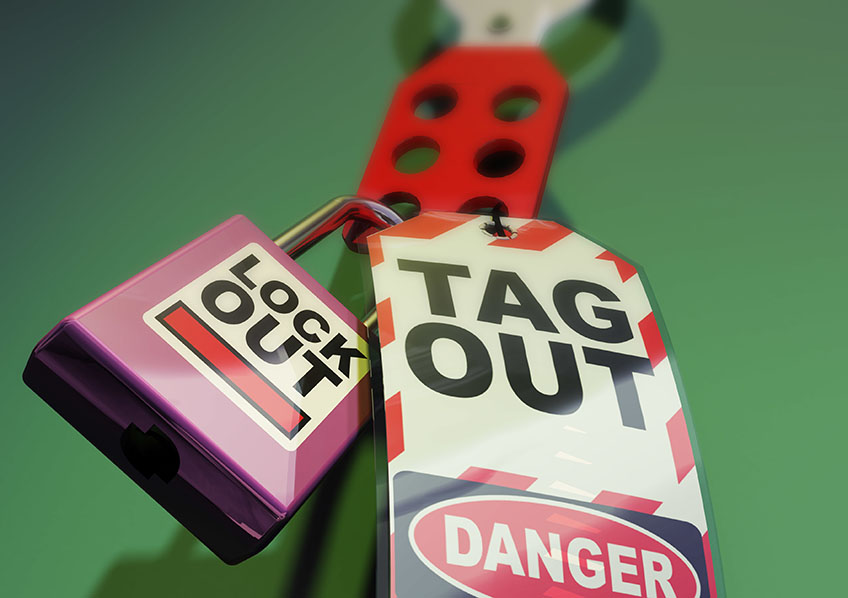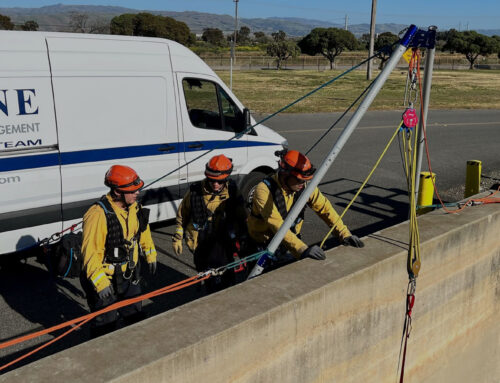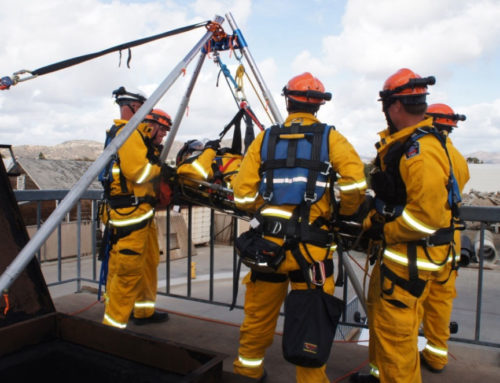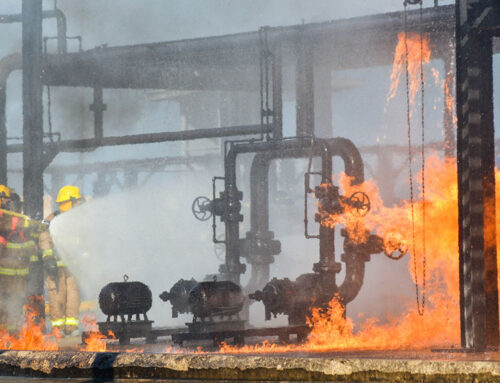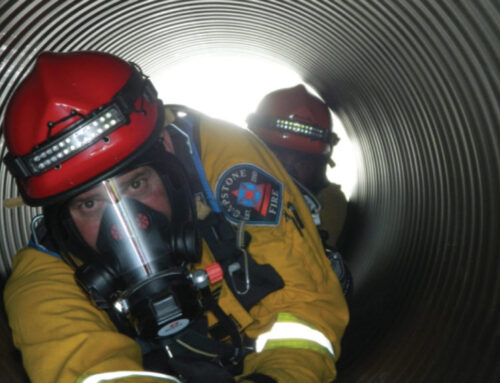The control of hazardous energy, commonly known as lockout/tagout (LOTO), is a system used to protect workers maintaining machinery from unintended start up. When a worker must place any part of their body in the “line of fire” between the point of operation, or area where equipment is energized, then one mistake can be costly. In the fiscal year 2018, the Occupational Safety and Health Administration (OSHA) cited Control of Hazardous Energy the fifth most cited standard.
What is hazardous energy sources?
OSHA defines energy sources as “any source of electrical, mechanical, hydraulic, pneumatic, chemical, thermal, or other energy”. These energies can be hazardous if the worker gets in contact with the energized source during working operations. It is common for energy to be trapped from source to point of operations. So, a release of energy, by unexpected start-up, will cause an effect that can injure a worker.
What are the harmful effects of hazardous energies?
Workers becoming susceptible to uncontrolled energy can become seriously injured or killed due to the nature of the force or power driving the source. The types on injuries or fatalities may include:
- Crushing
- Burning
- Cutting
- Lacerations
- Amputations
- Fracturing of body parts
- Electrical shock
- Electrocution
OSHA states on average workers are injured from exposures from uncontrolled hazardous energies will lead to 24 workdays lost for recuperation.
What can be done?
The use of a LOTO program is the primary way an employer can avoid injuries to workers from unmitigated hazardous energy. The 29 Code of Federal Regulations (CFR) 1910.147 standard requires the following:
- Develop, document, implement, and enforce the LOTO procedures when workers are performing service and maintenance work of equipment.
- Use authorized lockout/tagout devices compatible with the equipment or machinery
- Ensure the lock/blank flange/bolted slip blind is capable to prevent removal without the use of excessive force or unusual techniques, such as bolt cutters.
- Tagout devices must be substantial enough to withstand no less than 50 pounds.
- The individual user must be identified on the lockout/tagout device.
- A rule of thumb is 1 lock, 1 tag, 1 key to avoid confusion as to the owner of the LOTO devices.
- Annual inspection of the program.
- Provide effective training on the program and the implementation of the system.
- Have outside contractors comply with your rules for LOTO.
OSHA states “failure to control hazardous energy accounts for nearly 10% of the serious accidents in many industries.” Even though most procedures for LOTO may appear simply to implement, the behavior related to not using lockout/tagout devices is rampant. Employers must train the workers as to how to effectively protect themselves from injury. There are 3 types of workers in an organization related to the control of hazardous energy program:
- Authorized employees — Those having the training and authority to apply the locking and tagging devices on equipment and machinery.
- Affected employees — Those who are affected by the shut down of the equipment and machinery.
- Other employees — Those employees who may only see locks and tags as they progress through their days, but do not have responsibility for servicing or maintaining equipment.
The typical application of a LOTO procedure is as follows:
- The machine is shut down by the authorized person.
- It is then isolated from all sources of energy.
- The locks should be uniformed in color, size, or any other uniquely distinguishing feature.
- Apply the locking mechanism to the isolation area on the equipment.
- Tag the equipment is the name of the person applying the lock.
- Release any residual energy stored in the unit.
- Verify all energy has been dissipated.
- Have all outside workers follow the LOTO procedures for the specific equipment being serviced.
- Audit the LOTO procedure for each equipment and machinery annually to ensure the procedure will still be comprehensive and protective for the worker.
Controlling hazardous energy is the right thing to do for the protection of the worker and it will keep the organization for getting an OSHA violation.
For more information about Capstone Safety and Compliance Services visit https://capstonefire.com/site-safety-and-compliance/

